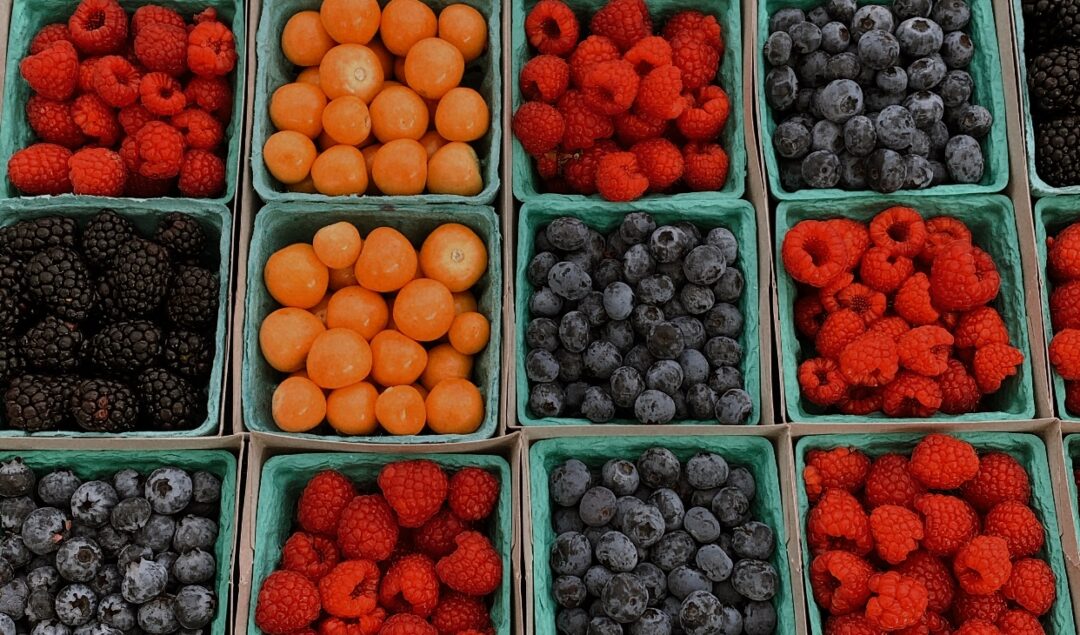Everything You Need to Know Before Doing Whole30

Lots of questions on Whole30 after my lessons from my first round of Whole30 that I wanted to provide a more comprehensive post on everything you need to know before doing Whole30. As I discussed previously, I don’t think Whole30 is for everyone. If you’re considering Whole30 or have already made the decision to do so, keep reading for all the relevant info to make sure you’re prepared for the next 30 days! You’re in for an exciting journey.
Everything You Need to Know Before Doing Whole30
First things first, what is Whole30?
Whole30 is an elimination style diet founded by husband and wife duo Dallas and Melissa Hartwig. The diet emphasizes eliminating certain foods that commonly lead to certain reactions in your body, and focusing more on whole foods in their natural state. The purpose of an elimination style diet is to understand which particular foods may be leading to irritation.
While on the diet, the following foods are not allowed: sugar, alcohol, grains, legumes, soy, and dairy. For those familiar with a paleo diet, Whole30 is often described as a stricter version of paleo (although it is temporary, whereas paleo is a long term lifestyle).
The founders describe Whole30 as the following:
“You can think of the Whole30 like pushing the reset button with your health, habits, and relationship with food. For 30 days, you’ll eliminate the foods that scientific literature and our clinical experience have shown to be commonly problematic in one of four areas — cravings and habits, blood sugar regulation and hormones, digestion, and immune system, and inflammation. Over the course of 30 days, you’ll see what improves when you remove potentially problematic foods.”
The founders advocate that Whole30 can improve your energy, sleep, mood, focus, digestion, and more. Although I did personally experience many positive symptoms while on the Whole30 diet, I did also have trouble with others (which is normal).
Why do Whole30?
The reasons for doing Whole30 are, as with any diet, highly personal. Our reasons for doing the diet were to reset our bodies after a chaotic 2020, and see if any particular food groups caused reactions in our bodies. It’s pretty crazy how you don’t realize how different your body will feel after 30 days of no sugar, dairy, gluten, grains, legumes, additives, and alcohol.
Some people do it to lose weight, but that is not actually the primary intention of Whole30, as the founders advocate for 30 days of eliminating the scale as well. Many people do lose weight on Whole30, however.
How to prepare for Whole30
In an ideal world, you would not go from smashing pizzas and processed food and alcohol to Whole30 overnight. In reality, this may be the case for many. Whatever your diet and lifestyle is like prior to Whole30, in my opinion, preparation is key! If you are used to consuming a lot of junk, my number one piece of advice is to clear out your pantry and cabinets. If something is out of sight, it will be out of mind. You want to set yourself up for success! And that means no temptation, if any. On December 31st before my Whole30, I threw away all the remnants of Christmas baking, desserts, candy, carbs, and alcohol. Into the trash it went.
Instead, I filled my house with lots of fresh fruits, vegetables, proteins, and Whole30 approved snacks and condiments.
Planning my meals a week in advance, grocery shopping with a specific list (trips will be quick because you really only shop the perimeter on Whole30), and keeping my eyes on the prize (no to chocolate and my favorite snacks while shopping) made all the difference in the world. You’re not supposed to cheat – technically, if you do, you’re supposed to start over on Day 1 – eek!
You’re also not supposed to create versions of your favorite non compliant foods.
So “healthy” versions of pancakes, cookies, chips (looking at you, plantain chips), etc. are all not technically allowed on Whole30. A lot of people will have them – the rules have changed quite a bit in recent years – but I suggest doing some research and deciding what rules are most important to you to abide by.
Also, knowing my weaknesses (dessert), I tried to ease into Whole30 by having some Larabars and dried mango on hand, which I would eat sparingly. I really tried my best to limit sugar, even natural, on Whole30, so I could do the diet properly. However, I know super hardcore advocates of Whole30 say you shouldn’t have any dried fruit, so to that I say you really can’t win them all. Technically, GT’s Kombucha is Whole30 compliant, so that’s another way I would treat myself when I was really craving sweets.
I guess I didn’t technically slay my “sugar dragon,” but I did go 30+ days without added sugar, so I am very proud of myself regardless! In my post Whole30 life though, you can bet dessert will still be a part of it. BUT, I do now look at labels very closely, and try to avoid sugar as much as possible when I can, only saving it for something very special and worth it.
My favorite resources and recipes for Whole30
When it came to Whole30, I really tried to be as proactive with planning as possible. Thankfully, there are so many helpful Whole30 resources and blogs on the internet now. You never have to wonder if an ingredient or recipe is compliant. My favorite Whole30 blogs and recipes:
Nom Nom Paleo
My absolute favorite blog. Her recipes are simple, all paleo, and many have hints of Asian flavor. We loved every single recipe we tried from this blog. Our personal favorites that we make again and again: grilled green chicken, fish en papillote, Korean short ribs, egg roll in a bowl, wonton meatballs, and sheet pan sweet and spicy pork.
The Defined Dish
This hibachi style chicken with mustard sauce was AMAZING. You don’t even miss the rice. We make this recipe all the time now. We also really loved a Sunday pot roast.
40 Aprons
So many great Whole30 recipes on the blog, one of our favorite meals was this bang bang shrimp.
So Let’s Hang Out
One of our new favorite recipes from Whole30 is this crispy chicken skillet recipe with artichokes and beets. The sauce is so decadent and literally tastes like a white wine sauce. I have no idea how or why, but it’s so simple and delicious.
Some other meals we loved – steak frites, shepherd’s pie, turkey green bean basil stir fry, and easy egg frittatas with leftover veggies at the end of the week. (Warning: you might get really sick of eggs).
As far as condiments and sauces go, you can really rack up a hefty grocery bill by swapping out your existing condiments for Whole30 approved ones. The ones we used most frequently were:
- Avocado oil (we used this in cooking everyday)
- Olive oil (in most recipes, and we used for homemade salad dressings)
- Ghee is a must
- All the spices and seasonings (just make sure they don’t have additives)
- Whole30 approved mustard and ketchup
- Whole30 approved mayo – in my opinion, the regular Primal Mayo is overpriced and not that great. If you don’t plan on using mayo in any of your recipes, this is a skip
- Dressings – I actually prefer to make my own, I found the Whole30 approved ones to be overpriced and flavorless. If you want a quick and dirty option, I really like Trader Joe’s Green Goddess dressing, which can be found in the refrigerated produce section
- All vinegars (even red and white wine) are allowed on Whole30
- Coconut milk & cream – this is the most common substitute for dairy/cream in recipes. It’s a bit of an acquired taste and can overpower certain recipes, so it’s worth experimenting with it a bit before committing to putting it in every recipe
Don’t forget the reintroduction phase
A final note on Whole30 – the reintroduction phase is as important as the diet itself, especially if it’s your first round of Whole30. If you can make time for it, definitely fit it into your schedule. Yes, it’s another 10-12 days or more of Whole30 essentially (you can add sugar and alcohol back, if that helps), but this part is key to understanding if you have any food sensitivities. I will admit, it was really hard to continue doing Whole30 after the 30 days (the name is misleading and honestly should be Whole40 so mentally you’re prepared). But if you’re committed to seeing Whole30 all the way through, you will need to make time for the reintroduction phase.
After 30 days of eating Whole30 and honestly feeling really great, I was so nervous about reintroducing foods that were previously not allowed. I think Whole30 is truthfully too restrictive, and can be very triggering for those who have experienced disordered eating. However, once you are able to move past eating Whole30 all the time and understand that you can find “food freedom” (knowing when and how to incorporate certain foods into your diet), it really is liberating and will improve your relationship with food.
Any other questions on Whole30?


I tried to do this in the past with a different diet when I had some tummy issues but I gave up. It does take up a lot of time to change the diet and get used to it and then start reintroducing one product after another. but then I have never been able to do any diet as I love my food way too much 🙂
Elegant Duchess xx
https://www.elegantduchess.com/